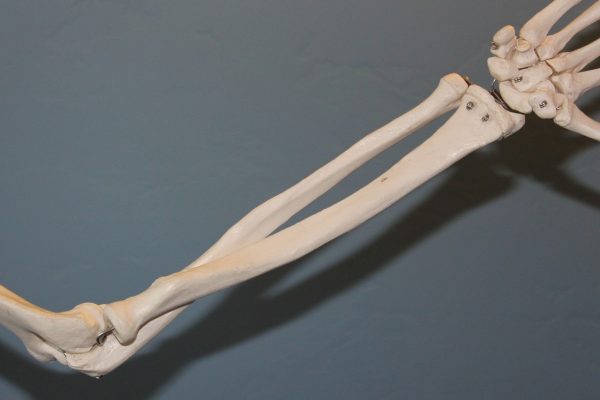Your muscle attachment points influence your strength
In this series, we will discuss factors that make you stronger or weaker depending on your size. How is it that some smaller guys can out-lift the bigger guys? Contrary to what you might think, muscle size is far from the only factor that makes your stronger.
Your strength is determined by how much rotational force is produced at your joints by your muscles. This rotational force is known as torque. More torque = more rotational force = more weight lifted. Muscles pulling your bones produce torque in your joints, like the torque produced in the hinge of a door when you pull it shut. A door is a good analogy as it can make you realize the importance of attachment points.
If you push a door shut by pushing near the hinges, it will be much harder to shut than if you push from further out (away from the hinges). Similarly, muscles that attach close to the joints produce less torque compared to muscles that attach and pull further away from the joint. So if your bicep attaches further down along your arm, the same muscle will produce more torque in your elbow joint, making you stronger!
Variations in attachment points
Studies have found variations in quad attachment points which can vary knee torque by 19% for a given force! (1) Variation in muscle attachments between individuals has been shown to explain 16-25% of the variability in men’s knee extension strength. (2) Even your hip-joint placement can affect your hip joint’s maximal ability to generating torque! (3)
Your attachment points are ultimately out of your control, they are genetically determined. You can now see, however, that a small guy with advantageous muscle attachment points can outlift a bigger guy with disadvantageous attachment points!
Sources:
1. Blazevich, A.J. et al. Eur J Appl Physiol (2009) 105: 869.
2.Trezise, J. et al. Eur J Appl Physiol (2016) 116: 1159.
3. Delp SL et al. J Biomech. 1993 Apr-May;26(4-5):485-99.









